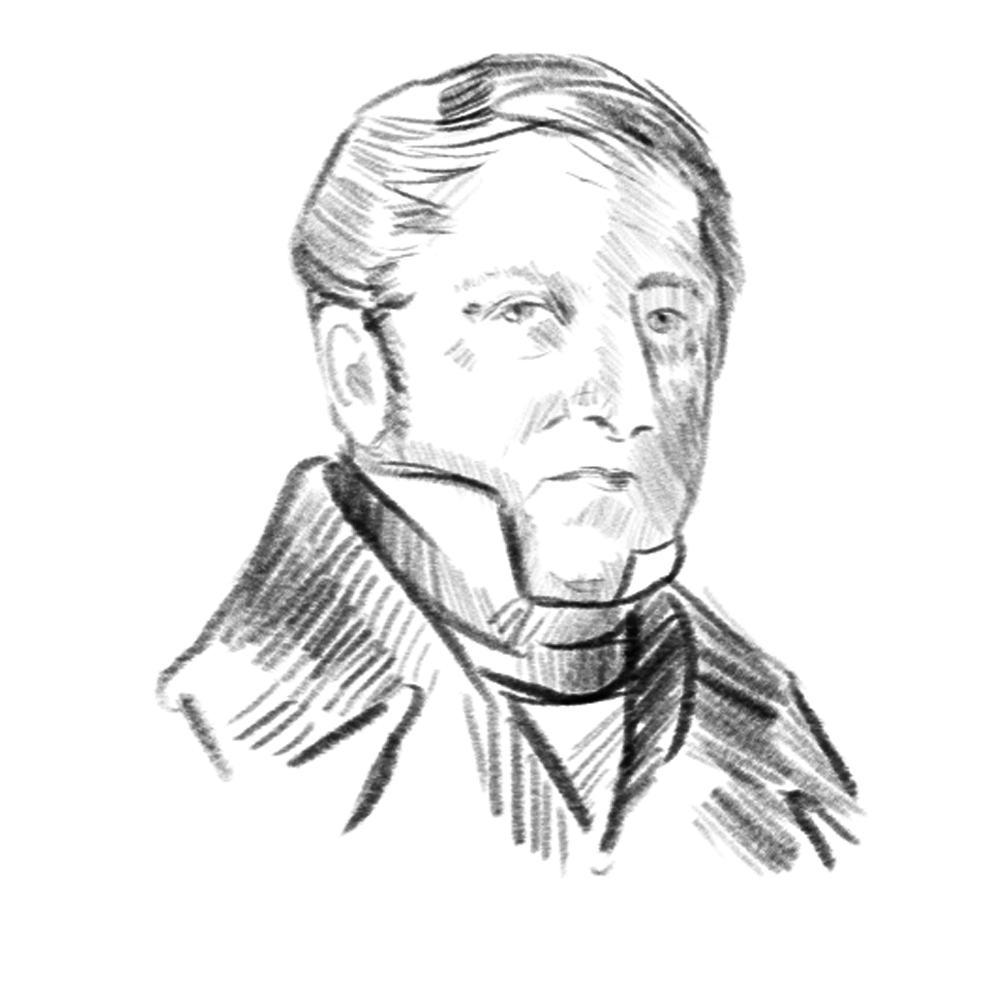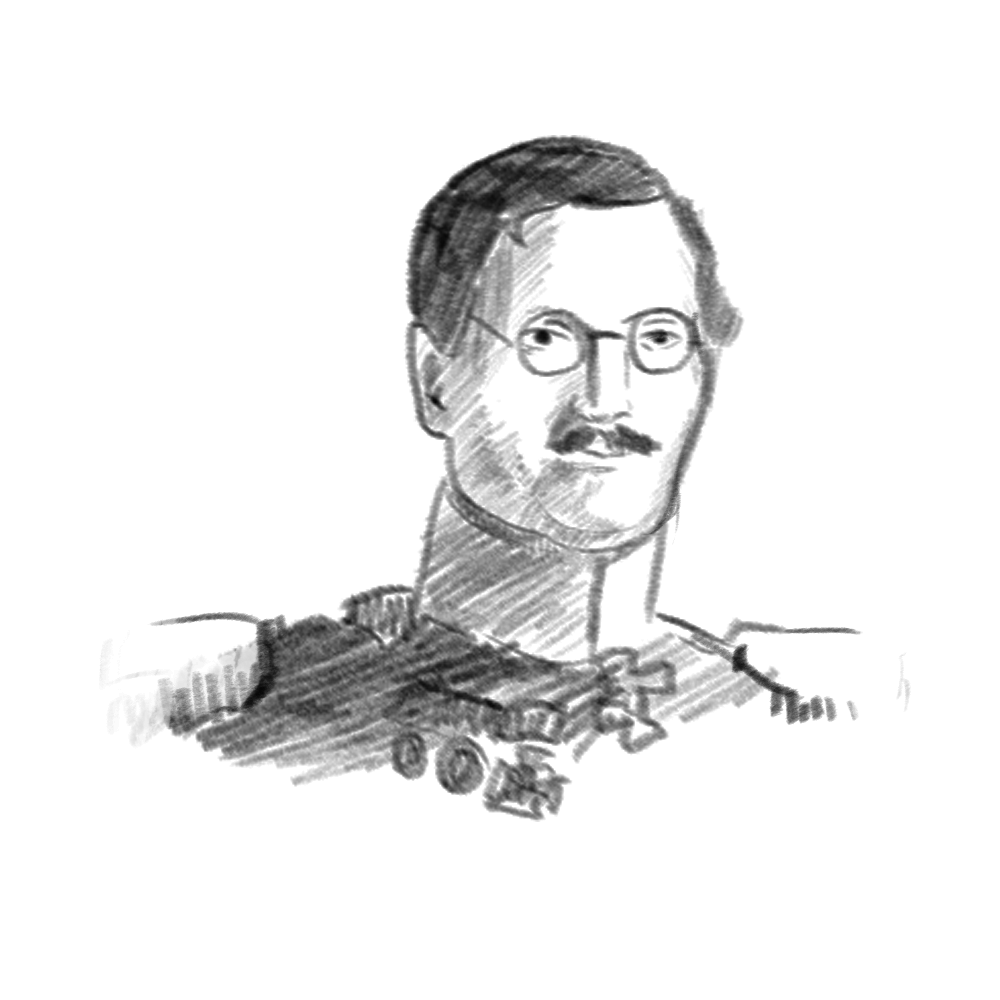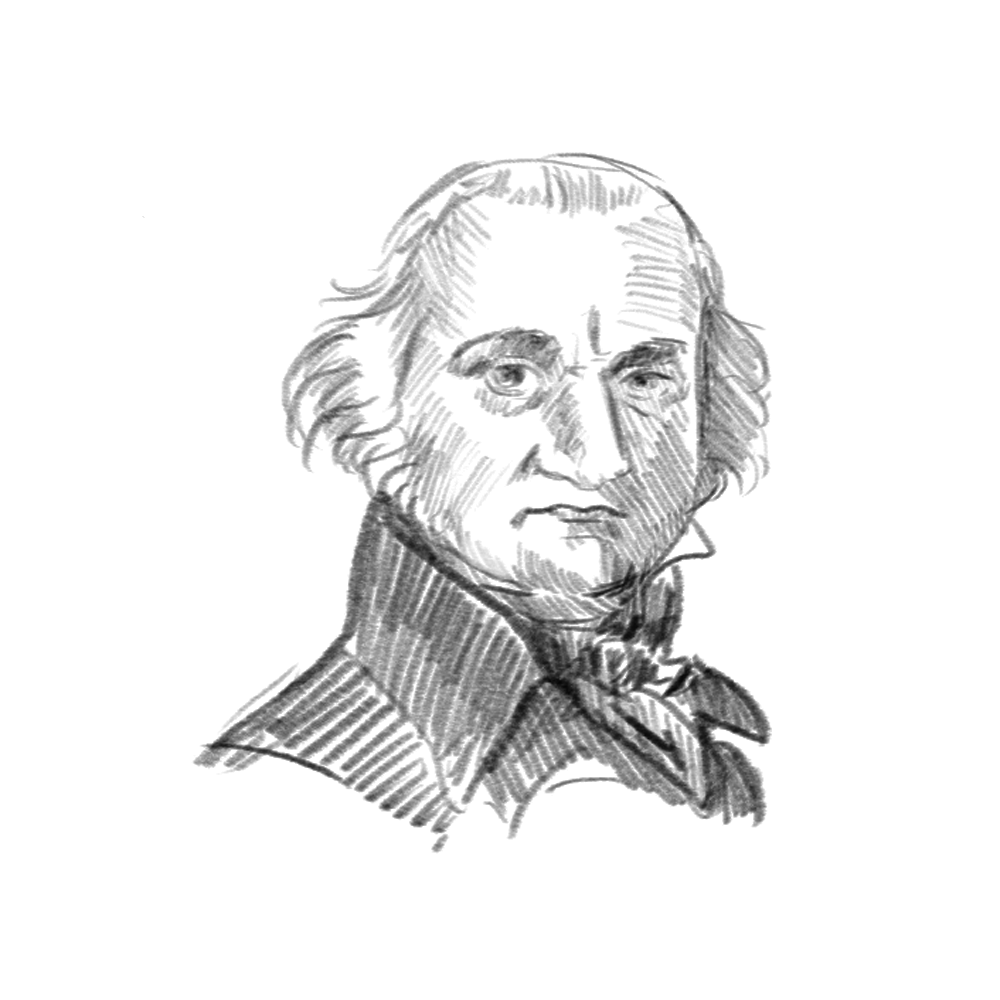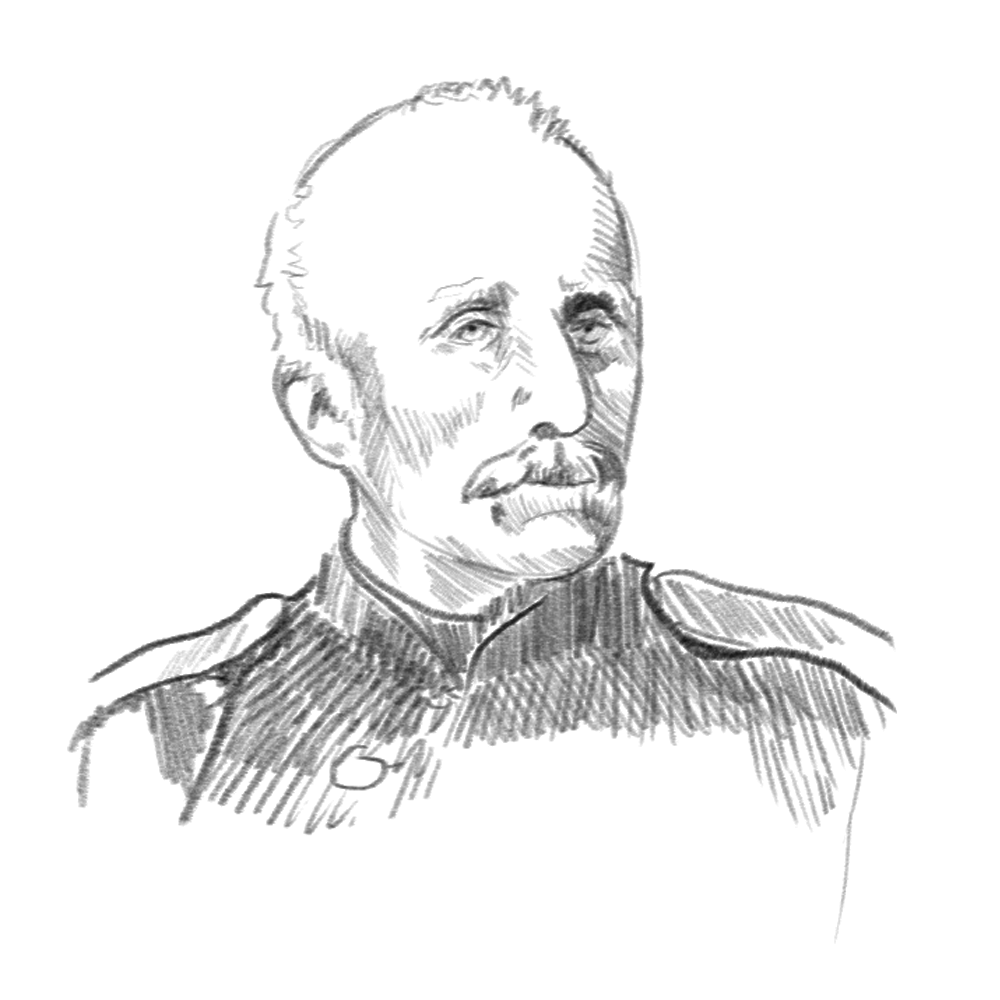Scientists

Friedrich Georg Wilhelm von Struve (1793 – 1864)
F. G. W. Struve, a famous astronomer and geodesist, was born in 1793 in Altona town, close to Hamburg, in the family of gymnasium principal. He did not finish studies at the gymnasium and entered Dorpat University in 1808. Struve has graduated from philology faculty after two and half years and chose a new speciality i. e. astronomy. In 1813 he was granted Master and later Doctor of Philosophy degree for the defended dissertation on the Dorpat observatory geographic location. He was appointed Professor of Mathematics and Astronomy as well as associate of the Dorpat University Observatory. He was one of the firs astronomers to measure the stellar parallax and he has discovered a number of double stars. F. G. W. Struve was put in charge of geodetic observation in Livonia (Estonia and Latvia) in 1816. F. G. W. Struve took active part in preparation for building Pulkovo observatory and became its first director in 1839. Struve took care of purchasing astronomic instruments, prepared programs of scientific works, continued research of stars which has been earlier started, determined some astronomic constants and dealt whit other astronomic problems. Despite full employment in astronomis activities he paid much attention to the geodetic work and researches. Struve described his heodetic observation and their results in his two-volumes publication “Geodetic Arc”. He has published over 150 scientific publications, most of them in the field of geodesy and practical astronomy. In the measurements of the triangulation chain, students of W. Struve, graduates of the University of Tartu, and lecturers of astronomy were attended by maritime officers as well as professor G. Paucker from Mitau (Jelgava, Latvia). The result is a 3035 'meridian arc from the island of Gogland in the Gulf of Finland to 1827 until the Jekabpils (Jēkabpils) western part of Daugava (now Latvia). The most complicated measurements took place in the Gulf of Finland, where the longest side of the triangles was over 80 km. This chain was involved to the Livonian triangulation network. W. Struve used the first step-by-step method of measuring angles in measurements and received a precision of 1: 1000,000.

Carl Friedrich Tenner (1783 – 1860)
Carl Tenner – a famous geodesist of Russia, was born close to Narva in poor family. White initially having only elementary education, he gained knowledge of geodesy and cartography during his military service and individually studying geodetic literature himself. He was involved in St. Petersburg and Gulf of Finland Southern shore triangulation in 1812. Having established triangulation in Vilnius province, he continued the same work in the province of Courland, Grodno, Minsk, Volhynia, Podol, Kiev and Bessarabia. He connected the network that he had established himself whit the triangulation network of Eastern Prussia and Austria. Together with his associates, he measured almost half of Struve geodetic arc. Many baselines were measured with Tenner’s involvement. Part of the astronomic observations in the Southern part of the Arc was done by Tenner as well as angular measurements and most computations of geodetic observation. Tenner finished his geodetic activities with the General of the Army. His works as high-quality were rated by W. Struve and the famous German astronomer, F. Bessel, director of the Königsberg Observatory, Frydrik Vilhelm Bessel, 1784-1846. Tenner was selected of honorary member of the St. Petersburg Academy of Sciences.

Jonas Sniadeckis (1756–1830)
Jan Chrzciciel Władysław Śniadecki (1756–1830) was born on August 29, 1756 in Žnin in a family of well-educated and wealthy parents. Father was a mayor of Žnin and was involved in bier brewing. Son Jan after graduating from the Lubrański College in Poznan has studied at University of Krakow in 1772–1775. He studied mathematics and philosophy. In 1775 he has obtained a PhD in Philosophy, after defending the thesis “Disputed Philosophical Statements”. After graduating from the University, a 20-year doctor of philosophy received a position of a teacher at the reformed Novodvorsky Gymnasium. He has taught mathematics, physics, logic, and political economy there. At his own expense he went to the Western European science centers for further studies in 1778. At the University of Göttingen he has studied mathematics, astronomy, and lectures in other subjects at the highest level possible at that time. He went to Paris in January of 1780 and enrolled to the Collège de France where he attended lectures of famous mathematicians, astronomers, and interacted with the Paris Academy of Sciences and other French scientists. In 1798 J. Śniadecki was offered to become the head of the Vilnius Observatory, in 1806 he was appointed to position of professor of astronomy in 1807–1815 was elected rector of Vilnius University. Having experience in astronomical work, it is not surprising that the scientist participated in the measurements of the triangulation chain, he observed and determined the astronomical longitude of the Vilnius Observatory. The difference between the local time as well as latitude difference of the points of the Observatory and Meškonys point were determined by the light flashes of burning the gun powder on a hill visible from both points. 86 flashes were observed during a twelve-day period. By measurements point Meškonys astronomical longitude from Paris was obtained and astronomical azimuth of Meškonys – Nevėžis direction as well as point Meškonys latitude were determined. These data were used for the initial orientation of the triangulation network of the provinces of Vilnius, Kurzeme and Grodno.

Juozapas Chodzka (1800–1881)
J. Chodzko was born in Kryvičy in a family of noblemen of Ashmyany. His father was a well-known public figure, educated, so he took great care of children education. Already sixteen years old, J. Chodzko joins Vilnius University, where he focuses on astronomy and geodesy. After University graduation, he starts working at the Vilnius Observatory and receives a proposal to start the practical activities of astronomer-geodesist (supervisor C. Tenner). In 1821 Chodzko departs for field measurements in Samogitia (Žemaitija). He has measured the chain of Žvirblaičiai-Eitentaičiai triangles at the seaside. In order to connect the triangulation network with the observatories of Riga and Mitau, it was necessary to determine the geographic latitude of the Mitau Observatory. For that 300 observations of North Star (Polaris) and 212 solar zenith distance observations were performed. In 1826 m. J. Chodzko was appointed for measurement to Riga seaside. He was involved in some islands of Gulf of Riga geographical coordinates determination. J. Chodzko took part in building a temporary astronomical observatories in Bristen and Bielin. In 1840 he was sent to Caucasus where he was employed in Caucasus Topographic Corps. In 1847–1853 he has made triangulation observations in South Caucasus, in 1854 – Armenia, in 1859–1866 – North Caucasus, later in Kuban. During 14 years in mountains J. Chodzko performed a huge job: precise coordinates of 1386 points were determined (mostly peaks of the mountains). In 1853 J. Chodzko was promoted to the rank of major general and in 1862 to the rank of lieutenant general. J. Chodzko was among first Europeans to climb Mount Ararat.